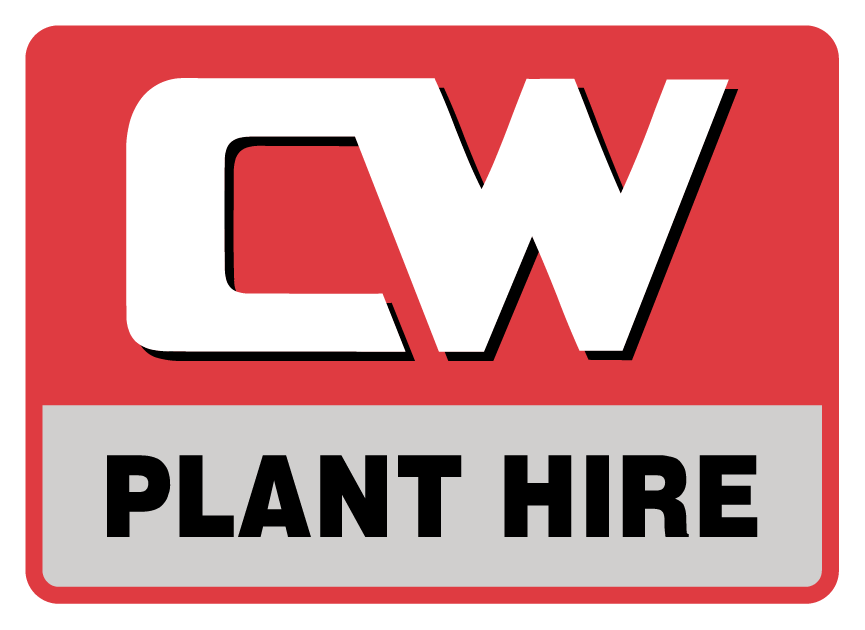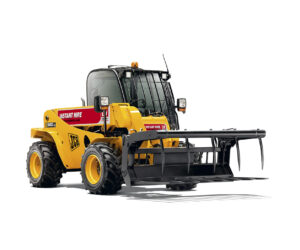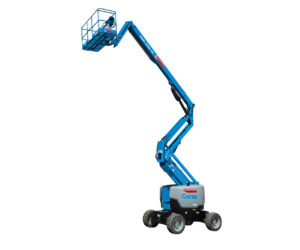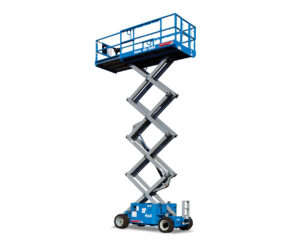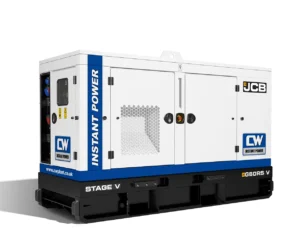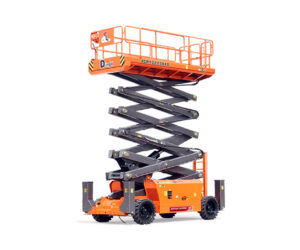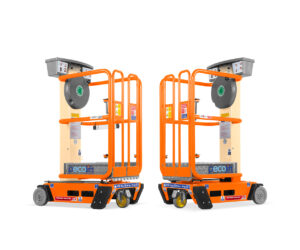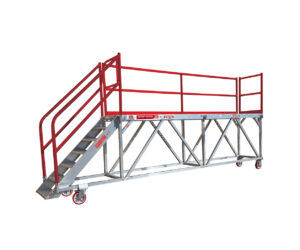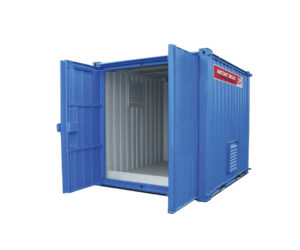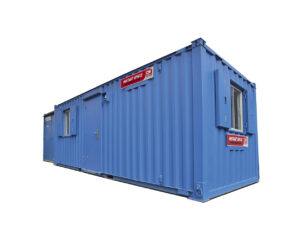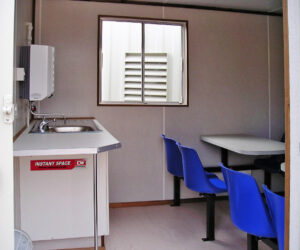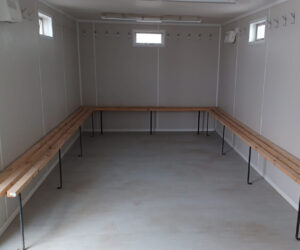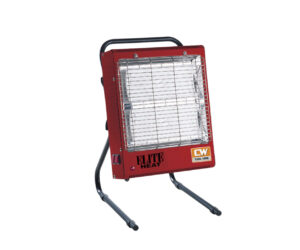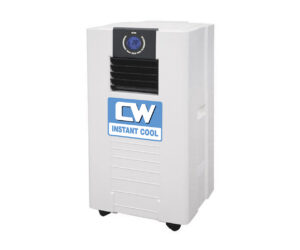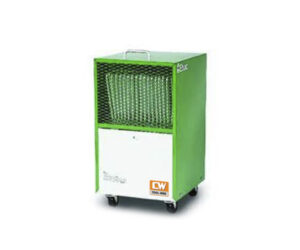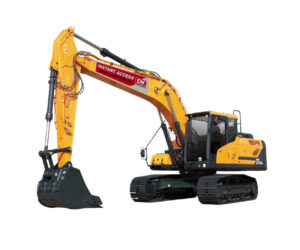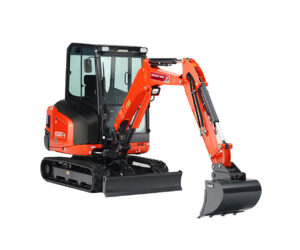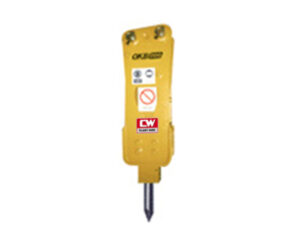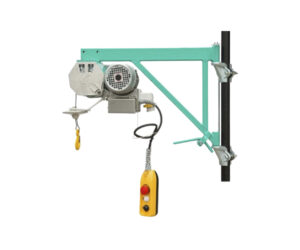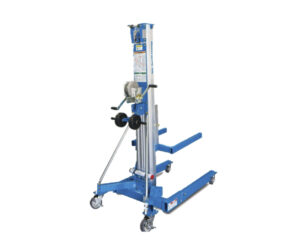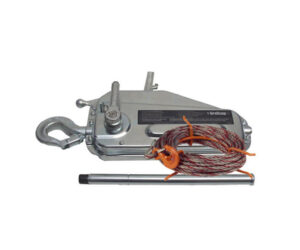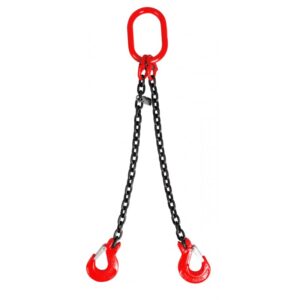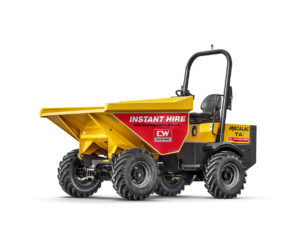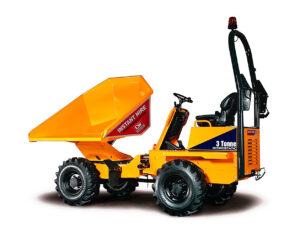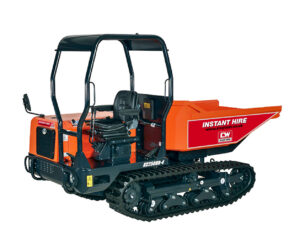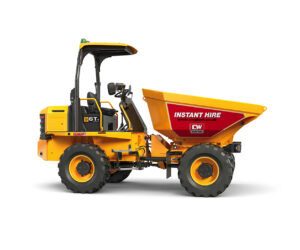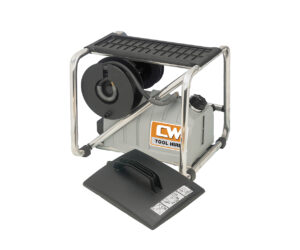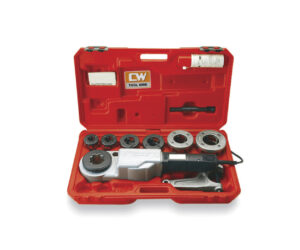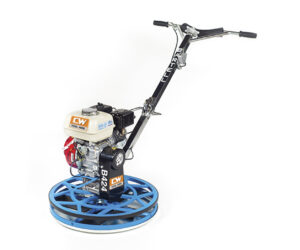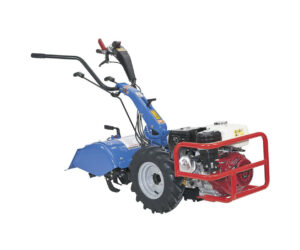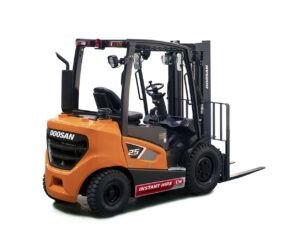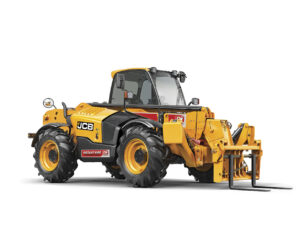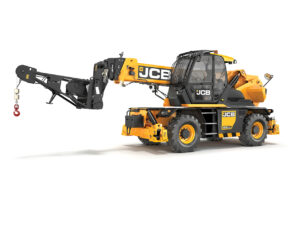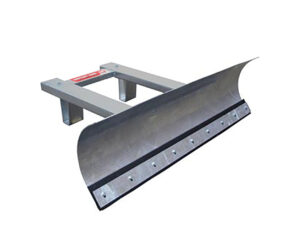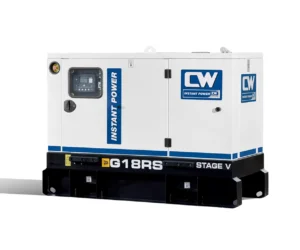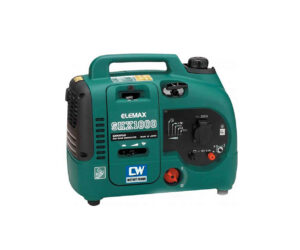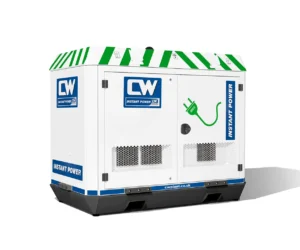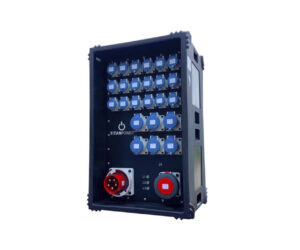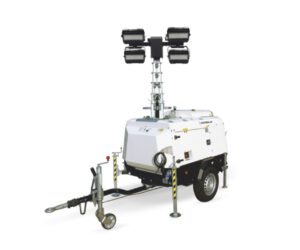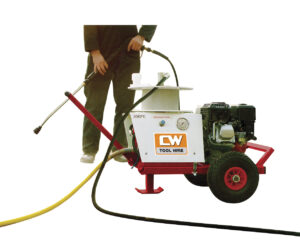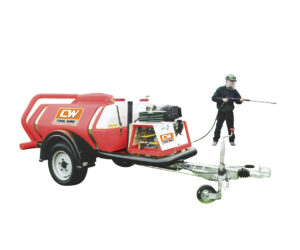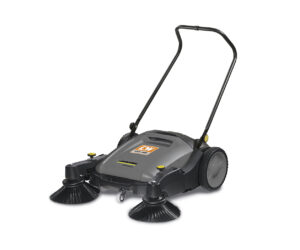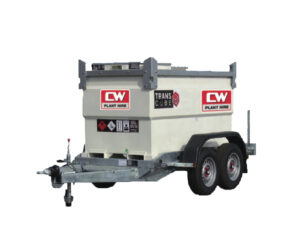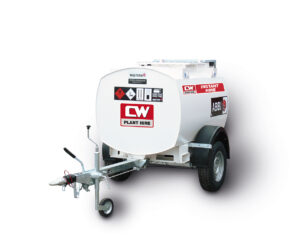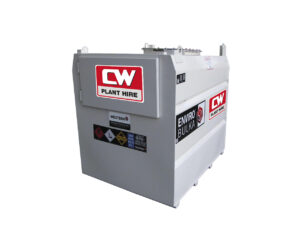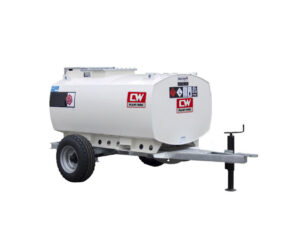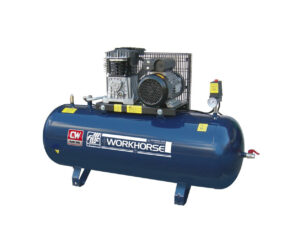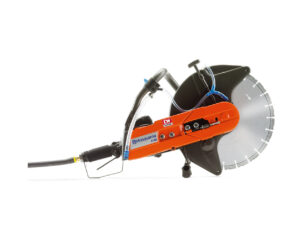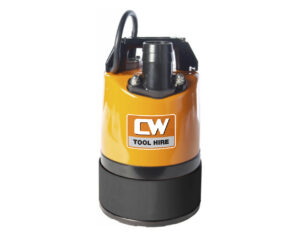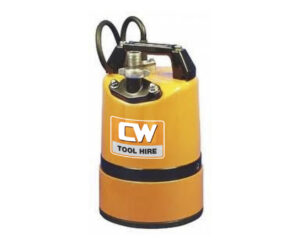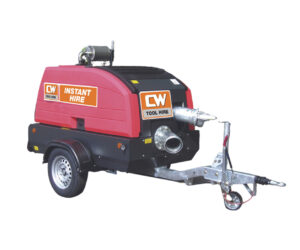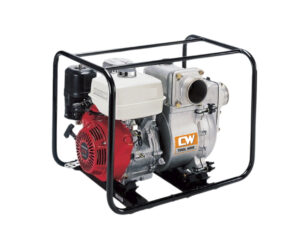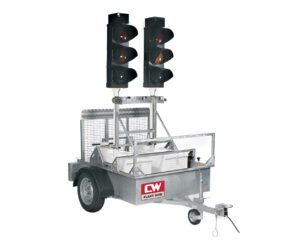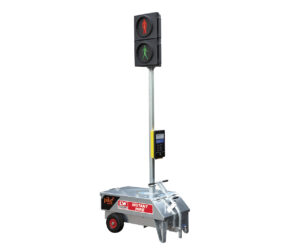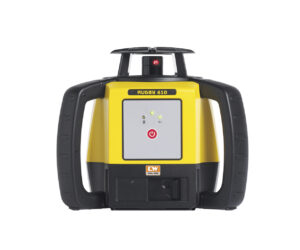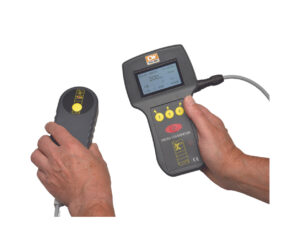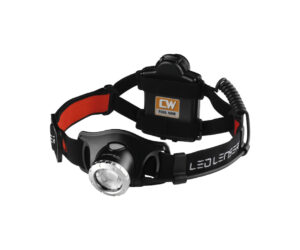Working at height is part and parcel of the job for workers in a variety of industries, meaning the likelihood of coming into contact with access platform hire equipment is quite high. As one of the most common pieces of on-site equipment in the construction industry, Charles Wilson Engineers Limited provide you with a comprehensive guide to everything you need to know about access platform hire equipment.
What is Access Platform Hire?
Access platform hire equipment is a structure, usually constructed out of steel, that allows workers in a variety of industries to access taller working areas. These platforms are sturdy and reliable, allowing the workers to focus on the job rather than the security of their platform. By being able to construct these platforms to reach a variety of heights, they can cater for any industry, whether it be painting and decorating or gardening. Access platform hire equipment is also available in all different shapes and sizes. Charles Wilson Engineers Limited stock everything from step ladders to GRP Towers and Alloy Access Towers, highlighting the versatility of access platform hire equipment. We also stock a number of different accessories and materials to support your platform, including scaffold boards and steel trestles. If you are in need of any of these products or pieces of equipment, browse our access platform hire equipment product page here.
The Risks Associated with Access Platform Hire
Working at height always carries with it some element of risk. Last year, over a quarter of all work-related injuries, were attributed to slips, trips and falls, with a further 7 percent of injuries occurring as a result of a fall from height. Almost half of the injuries sustained to workers in the construction sector were as a result of a fall from height. These injury statistics also accounted for 5.5 million working days lost, with each worker that suffered an injury taking 9.1 days off through injury a year on average. In addition to these statistics, the construction industry was also found to be the most dangerous for the year of 2015. With an industry so prone to trips and falls, what can be done to prevent injuries when using access platform hire equipment?
Training
Like any job or any industry, if the relevant training is administered to every employee, the chance of injury is significantly reduced. Here at Charles Wilson Engineers Limited, we offer a range of training courses and programmes to help further workers’ skill sets for a particular area, including access platform hire equipment. PASMA courses have been designed to help workers understand the risks associated with access platform hire equipment, and how to handle them safely and efficiently. A variety of access platform hire equipment courses are available to teach you everything you need to know about these platforms. To gain a basic understanding of how these systems work and how to operate them, enlist yourself on one of our PASMA Standard Course/Towers for Users. To be able to operate access platform hire equipment at a low level, consider signing up to our PASMA Low-Level Access Course, or if you are looking for a comprehensive overview into these platforms, take our PASMA Training Combined Course. There is also a course available for project and site managers to help supervise and instruct employees on how to handle access platform equipment hire, just take a look at our PASMA Towers For Managers Course. If you wish to find out more about all of these courses, read our previous blog post, which looks at Forklift Training and PASMA Training Courses.
Although these courses are designed to teach you everything you need to know about access platform hire equipment, allow us to provide you with a quick rundown on how to operate these products safely:
1. Firstly, you want to ensure that the area you are working in is suitable for a piece of access platform hire equipment to be erected. If the ground is uneven or if there are low hanging obstacles, it is generally advised to avoid construction of these platforms and opting for another option.
2. If you are assembling your platform outside, then take the weather into account, too. If there are strong winds or it is beginning to rain, then dismount the platform safely and either wait for the weather to pass or deconstruct the platform and postpone your tasks. Strong winds have the ability to make your platforms unsteady, and rain can cause the surface of your platform to become slippy, increasing your chances of tripping or slipping.
3. Once the platform has been assembled, carry out routine safety checks to ensure that platform is safe for working. These checks consist of checking each and every part of the platform has been secured properly and is strong enough to support your weight. Test the grounding of the platform by applying a small amount of pressure to the structure to see if it moves too easily. Once these checks have been carried out and you’re satisfied with the condition of your platform, ascend the platform with care and get to work.
With a number of workers suffering injuries as a result of trips, slips and falls, it is important to take the utmost care in the setting up process and to leave nothing to chance. It is important to err on the side of caution when operating access platform hire equipment, so if the conditions are not suitable for these platforms, leave it for another day. To find out more about how to operate an access platform safely, take a look at our previous blog: How to Safely Use Access Platform Hire Equipment
Contact Charles Wilson Engineers Limited
If you wish to find out more about all of our access platform hire equipment, contact Charles Wilson Engineers Limited by calling us on 01582 763 122 or by leaving us a message via our online contact form. Alternatively, head over to our access platform hire page to view all of our products and materials for yourself.
